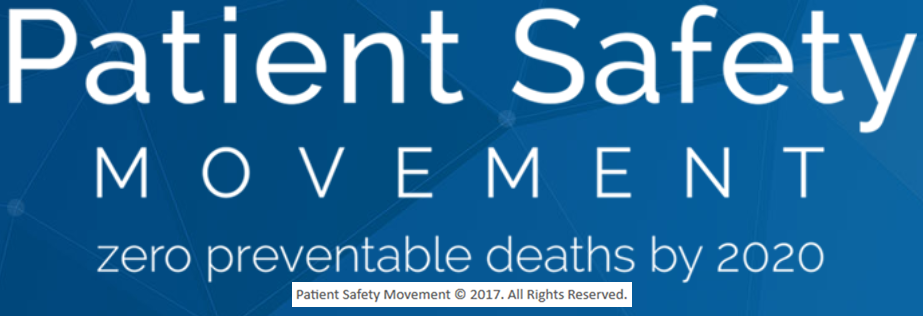
N.B. — This post is based on one of the continuously expanding roster of Actionable Patient Safety Solutions (APSS) a.k.a. “Challenges” as defined and described by the Patient Safety Movement Foundation (PSMF) and published at its web site (http://patientsafetymovement.org/challenges-solutions/actionable-patient-safety-solutions-apss/). Because the Foundation has set a goal of Zero Preventable Patient Deaths by 2020 (http://patientsafetymovement.org/), these APSS are understood to represent the most significant patient safety exposures created by medical mistakes, and medical mistakes are the third most frequent cause of patient deaths following heart disease and cancer (http://www.bmj.com/content/353/bmj.i2139).
“Hypoxia in pre-term infants can result in mortality. Supplemental oxygen administration helps avoid hypoxia but hyperoxia can cause retinopathy of prematurity and increase risk for other conditions. Implementing an optimal oxygen targeting policy can improve neonatal outcomes. To address suboptimal oxygen targeting:
- Make an organization-wide commitment by administrative, clinical, and patient engagement leaders to address neonatal patient safety related to oxygen administration.
- Assess opportunities to improve oxygen administration and monitoring for the prevention of adverse events due to lack or excess of oxygen.
- Implement interdisciplinary strategies and develop an action plan with a timeline with concrete milestones to implement an optimal oxygen policy for neonates.
- Select technologies that have been shown to improve neonatal outcomes, including but not limited to: blenders, pulse oximetry, and heated humidifiers.
- Determine the oxygen targeting policy that healthcare providers should implement:
- The SpO2 for a pre-term baby breathing supplemental oxygen should not exceed 95%.
- The SpO2 for other larger infants and neonatal patients should stay in the range of 88-95% or 90-96% depending on infant and condition.
- When the saturation or SpO2 dips below 88%, avoid a response that would induce hyperoxia, or high saturation.
- In order to accomplish this, the monitor alarms should always be on and active when an infant is breathing supplemental oxygen.
- The high SpO2 alarm should be set to 95%, depending on the infant. The low SpO2 alarm should be set to 85%.
- Alarms signaling should receive attention from the nurse/doctor.
- When a baby is not breathing supplemental oxygen but is being monitored for desaturations, the low SpO2 alarm should be set at 85% and the high alarm can be turned off.
- Implement your action plan for including educational activities, workshops, and tools for all members of the neonatal healthcare team.
- Develop a process for continuous improvement by communicating with staff and implementing measures to improve processes in order to meet the oxygen targeting objective.”
The foregoing quote constitutes the “Executive Summary Checklist” from the above-captioned PSMF APSS Challenge #7 (http://patientsafetymovement.org/challenge/sub-optimal-neonatal-oxygen-targeting/). Although the bullet points are empirically based and appropriate, the detail and complexity of the recommended “oxygen targeting policy” requires for implementation not only the specified “select technologies” but also a monitoring mechanism that is constant and concurrent for all of the critical SpO2 parameter values and capable of instant notification such that “Alarms signaling should receive attention from the nurse/doctor.” Please validate this proposition to your own satisfaction by reviewing the details of the Cloud Healthcare Appliance Real-Time Solution as a Service (CHARTSaaS) and its reference architecture in these presentations, and then by imagining a CHARTSaaS-enabled IT solution: